Plants ordered now will ship Spring 2026 🙂
Mukasi (Leonotis mollissima), potted plant, organic
$8.50
Family: Lamiaceae
Hardy to Zones 9 to 13, otherwise nicely grown as a spring annual, for all practical purposes too big for overwintering indoors in a pot
(White Dagga, Shambala Mukasi) Perennial bush to 5 feet tall and equally as wide, native to East and South Africa, flowering white. Rare. The original seedstock was collected with permission of local peoples on the northern tip of the island of Unguja in the Zanzibar archipelago. This is a very leafy bush that emits a deeply pleasing aroma from its leaves and flowers. The flowers occur in mounting whorls. Traditional usage (TAM): Local people employ this as an intestinal bitter against stomach complaints (tea or fresh leaf chew) and relaxing euphoric (smoke of dried leaves and flowers). The plant prefers rich soil in the sun to part shade and will grow to great dimensions if given water. Copious watering will also deter flowering for some time, so if a smaller plant and more flowers is desired, then water less. Flowering occurs midsummer to frost. The flowers are relished by honey bees, butterflies and other native pollinators. Space plants 2 to 3 feet apart.
potted plant, certified organically grown
Out of stock

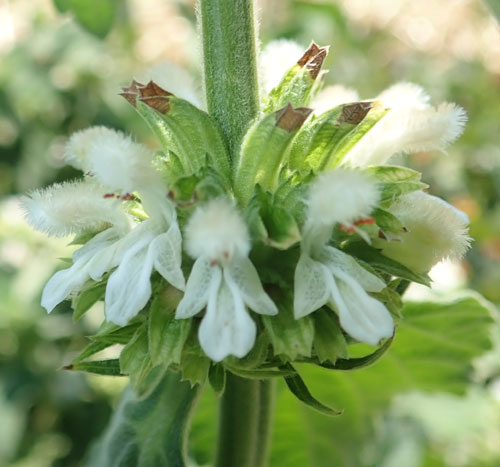
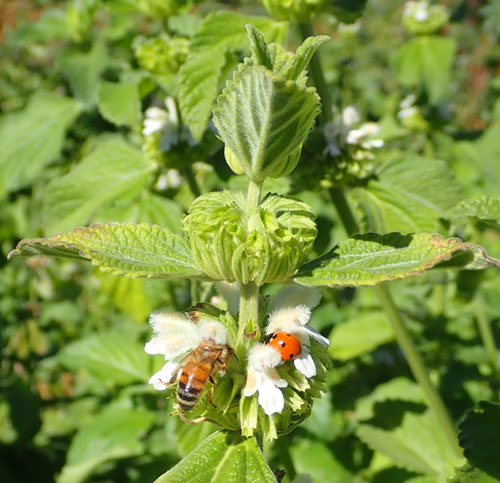
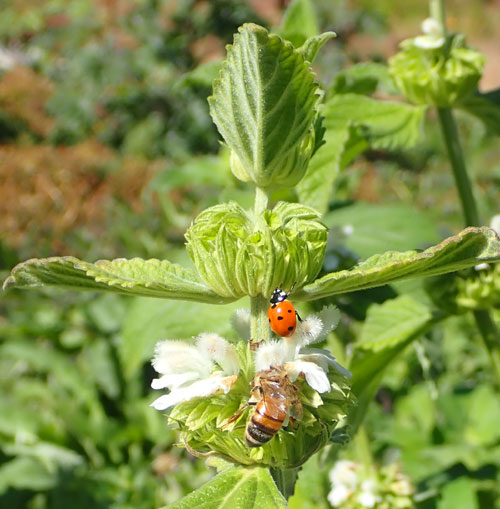
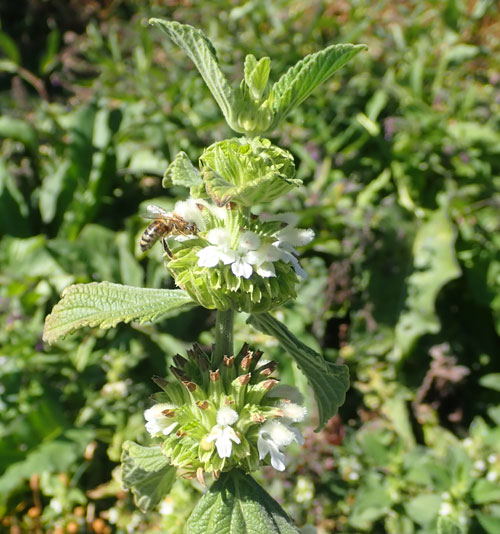
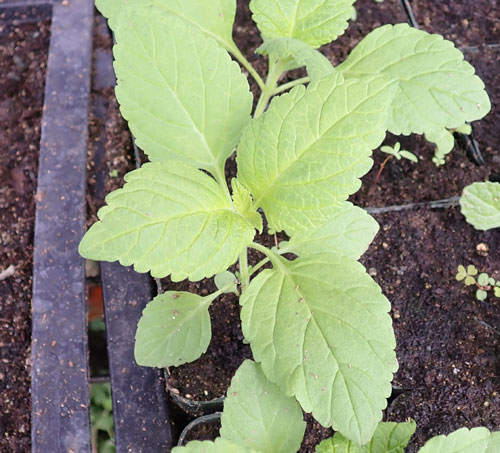

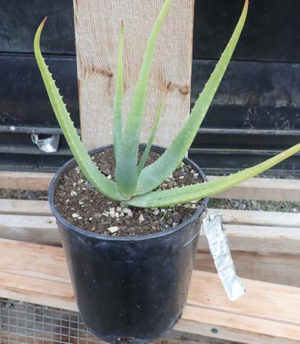
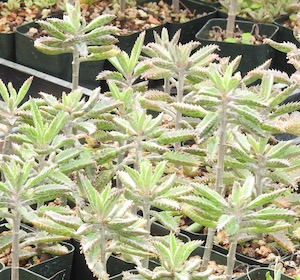
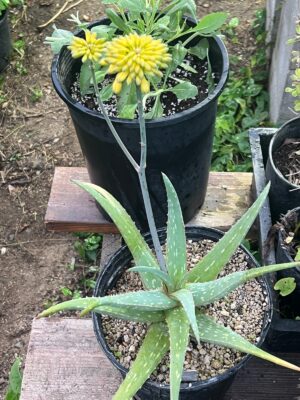
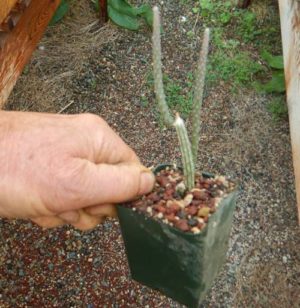
Kerri –
I love growing this plant. In addition to using it in smoke blends and in tea for stomach and intestinal issues, I am curious to know more about it. Thanks!
Upvote if this was helpful (0) Downvote if this was not helpful (0) Watch Unwatch Flag for removal
Richo Cech –
hi kerri, thanks for conserving this cool plant. it is rare, as is any info on it. as far as i know the main info on it is on our website, as this was first-hand ethnobotanical research on my part. you’ve pretty much nailed it. richo
Upvote if this was helpful (0) Downvote if this was not helpful (0) Flag for removal